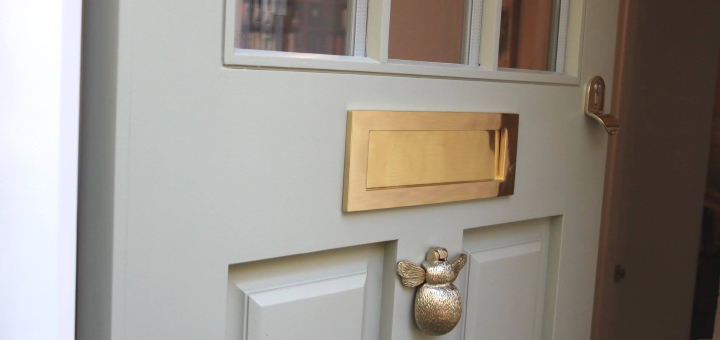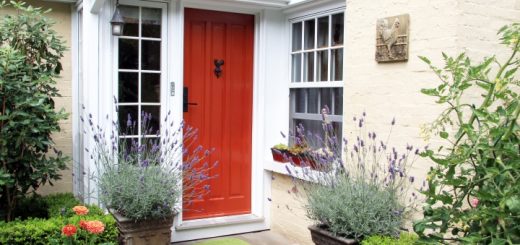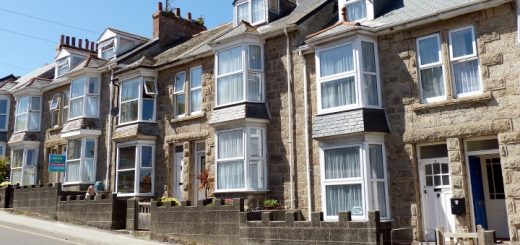A guide to choosing a new front door

Fundamentally, front doors serve a single vital function – let the right people in, keep the wrong ones out. But from a design standpoint, they’re far more than that. For whoever intends to enter the home, the front door marks the beginning of their journey and serves an important first impression.
To passers-by, the front door speaks for the character of the home and contributes to the exterior style, subsequently making a statement about what lies behind it. It’s no secret that choosing a new front door can be a headache. You want something with design appeal, but also one that will last a good few years without succumbing to wear and tear.
Being a vital entry point to the home, the front door also needs to be strong and secure. No less important is its price. With so many factors to choose from, it helps to know what your best options are.
uPVC – the budget option
Starting somewhere in the £600 range, uPVC (polyvinyl chloride) doors are some of the cheapest around. Contrary to what their outward appearance may have you believe, they’re made entirely out of plastic. A uPVC door is usually cheaper than the traditional timber option while offering superior thermal performance.
However, the variety of styles and colours are rather limited. More importantly, their standard thickness of 28 mm makes them the easiest to break into, thus leading to their diminishing popularity.
So, to sum it up, uPVC doors are suitable budget options provided you live in a safe area or have additional protection, such as a security gate.
GRP composite – the modern alternative
GRP (glass-reinforced plastic) composite doors are only around a decade old. They were introduced as a solution for homeowners looking to get the timber look at a lower cost. Moreover, composites are better at keeping out draughts and require less maintenance in the long run.
At 44 mm thick, they’re almost the equivalent to two uPVC doors put together. This makes them far more thermally efficient, albeit not much more secure. Since the paint is applied directly onto their white fiberglass exterior, GRP doors are prone to wear and tear from scratches. You can expect to pay around £900 to get one installed.
Solid hardwood – the traditional door
While usually costing somewhere in the £2,000 range, solid wood front doors are an ideal way to add a touch of luxury to your home while keeping it secure. Moreover, you can have your very own bespoke wooden front door handcrafted by a company like Hinson Custom Made for a truly unique exterior.
The company meets insurance guidelines by using proper locking systems while also fully draught-sealing their doors for maximum insulation. A wood front door of this calibre is often considered a valuable investment, as it’s set to last much longer than synthetic options. That said, an occasional re-paint or new coat of varnish might be necessary.
Veneered timber – the DIY approach
If you have plenty of spare time and are willing to put your carpentry skills to use, then you could pick up an off-the-shelf veneered timber door from a local hardware store. You’ll need to paint or varnish it yourself and either perform a DIY fitment or ask a builder to help out.
Veneered timber isn’t the best in terms of thermal performance and may not meet insurance guidelines due to the lack of security features. You’ll also need to perform a re-paint or varnish every year or so. That said, they will likely save you some money.
Consider your budget and what would suit the style of your home most. Don’t forget about security and durability, as these factors can save you from a great deal of trouble in the future.









